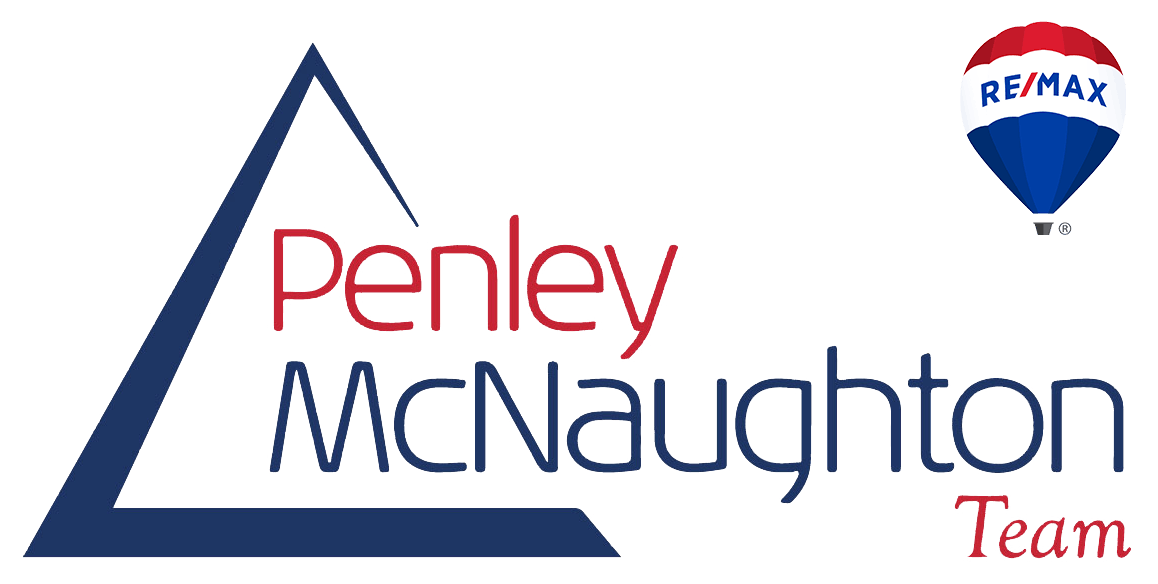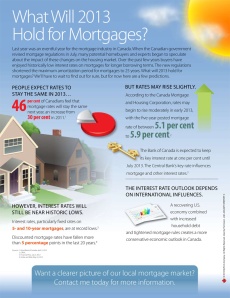Mortgages and Financials
Buying or Selling? Get Cash Back!!

True North Mortgage has partnered with Team Penley McNaughton to offer clients a discount on realtor commissions when buying or selling a property. The discount is given back to our clients as cash in hand.
You will be given a ‘cash back’ incentive of 10% of the realtor’s commissions if the property that you are buying or selling is less than $300,000. You will be given a ‘cash back’ of 15% of the realtor’s commissions if the property is $300,000 or more.
We have teamed up because together we know that we can deliver more efficient service, while saving our clients time and money. Unlike many of our competitors, we strongly believe that we can provide the best service in the industry at the lowest cost to our customers.
Who wouldn’t want a team of professionals working together for YOU, while also receiving a cash back incentive at the same time?
For more information on True North visit: www.truenorthmortgage.ca or www.penleymcnaughton.com or Call us anytime!
Canadian debt shifts from houses to cars
Impulse buying costs average consumer $3,720

Real estate is no longer the hulking villain driving Canadians deeper into debt. The new bad guys on the block are the automobile loan and its sidekick, impulse buying that costs the average Canadian $3,720 per year.
TransUnion credit bureau reports that the average Canadian’s non-mortgage debt of $26,221 in the second quarter of 2012 was the most since it started tracking the figure in 2004. While credit card and line of credit debt was down year-over-year, automobile debt soared 13.2 per cent during the period, for an overall rise of 2.4 per cent in total non-mortgage debt. Alberta was in the middle among provinces in terms of auto debt delinquencies.
“If there are any sudden economic shifts such as a significant rise in unemployment, then it’s quite conceivable the delinquencies will rise with debt levels,” TransUnion’s vice-president of analytics and decision services, Thomas Higgins, said in a report.
Instead of going into debt to buy assets that usually increase in value over time, people are borrowing to buy automobiles that depreciate once driven off the lot. Also, there’s been a sudden increase of so-called “debt settlement” companies in Canada, which charge clients an up-front fee to arrange for them to pay off only a portion of their debt owed to unsecured creditors. And there’s been a renaissance of companies offering so-called NINJA loans, “no income, no job, no assets,” that caused the American housing crisis of 2008.
The changing type of household debt has had a profound effect on everything from softening prices that will make houses more affordable for young people, to surprising contracts just negotiated by Canadian Auto Workers.
The U.S. housing crisis caused citizens there to rein in their spending, while the ratio of household debt to income soared to 152 per cent in Canada.
Young Canadians were buying in-stead of renting and often skipping the “starter home” phase and going straight into larger, more expensive family homes. Middle-aged Canadians were buying rental or resort properties in addition to their principal residences. And older Canadians were buying retirement homes.
Census figures showed Alberta built 4,000 more new housing units than new households created each year from 2006 to 2011, meaning more families had second homes and there was an increase in vacant houses. Also, many secondary properties were in the U.S., where the National Association of Realtors reported foreign buyers scooped up $82.5 billion US in American properties in the year ending in March, compared to $66 billion a year earlier. One-quarter of foreign purchases came from Canada.
But scoldings by Bank of Canada Governor Mark Carney and federal Finance Minister Jim Flaherty about dangerous household debt levels, combined with a series of rules tightening mortgage lending and the threat of rising interest rates, recently caused Canadians to reduce their real estate purchases.
The Canadian Real Estate Association reported the biggest month-over-month decrease in home prices in August since June of 2000. The Conference Board of Canada said home prices fell in 21 of the 28 biggest metropolitan areas between July and August and the drop was more than five per cent in 16 of those markets.
“The federal government has returned mortgage insurance standards to where they stood in 2004, which will force households to be more prudent,” wrote ATB Financial economist Will van’t Veld. “That, in turn, will force some delays. But clearly, the Alberta market, after an initial drop and four years of flat growth, is close to burning off most of the excess.”
While tighter mortgage rules reduced Canadians’ housing debt, TD Economics reported that “growth in non-revolving consumer credit has been robust as banks have eased lending standards on auto loans considerably more than on credit cards and mortgages.”
Ray Turchanksy, Postmedia News
Published: Friday, October 05, 2012
New CMHC rules!
Big changes are happening in the market! Finance Minister Jim Flaherty outlined new rules effecting High Ratio mortgages (CMHC, Genworth Financial, Canada Guaranty)
1. Maximum amortization is 25 years opposed to 30 years
2. Maximum refinance is 80% whereas previously this was 85%
3. Maximum GDS is 39% and TDS is 44%
4. Maximum purchase price is $1 million (High Ratio deals only)
The changes will become effective July 9, 2012
The reduction in amortization combined with the lowered GDS ratio could affect a number of people’s ability to qualify. It will also decrease their desire to buy. Historically, the TDS of True North Mortgage clients is around 32%. However, 5% of our clients do have 40+ GDS.
The maximum purchase of $1 million could be the largest hindrance to our consumers. Due to the reduced ability of clients to get financing on these more pricey homes we will likely see a drop in those home values. Furthermore, on non-high ratio deals, lenders will be very hesitant to go to 80% for fear of the loss of liquidity in the higher end market. I would imagine that lenders will place a self-imposed 75% cap on the larger mortgage sizes in the near future.
More changes other than the new guidelines outlines above for CMHC Mortgages:
As expected we will likely continue to see additional changes over the next 3-6 months from various financial institutions.
FUTURE CHANGES TO PRODUCTS:
- Cash-back for down payment mortgage’s (also known to some as zero down mortgages) will no longer be allowed.
- If you are a buyer that requires the cash back mortgage or are slightly short on your 5% down payment, you should get pre-qualified ASAP.
- A home must be purchased or have a conditional offer prior to July 9th 2012 to obtain the cash back for down payment. Latest possession date will be determined shortly.
- Home Equity Credit Line’s (HELOC) will be 65% max of a client’s property
- Effective change for August 31st
- This is for both new purchases or equity take out’s.
- HELOC’s are especially popular for investors, if you have a revenue property, and short term financing solutions.
- These are interest only monthly payments. The rates are typically less then open mortgages so these are very popular.
- This effects an individual’s liquidity and the government’s goal is to encourage home owners to keep equity in their properties.






